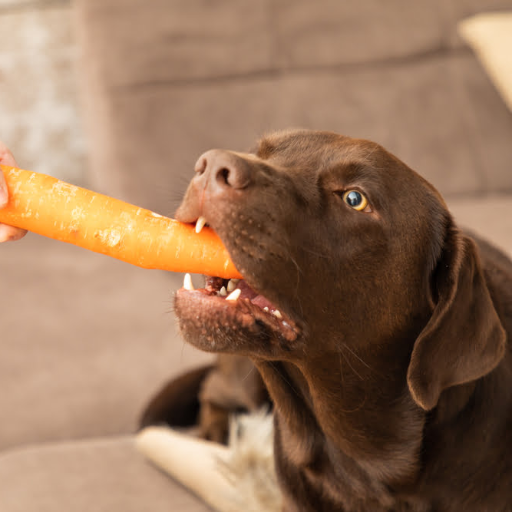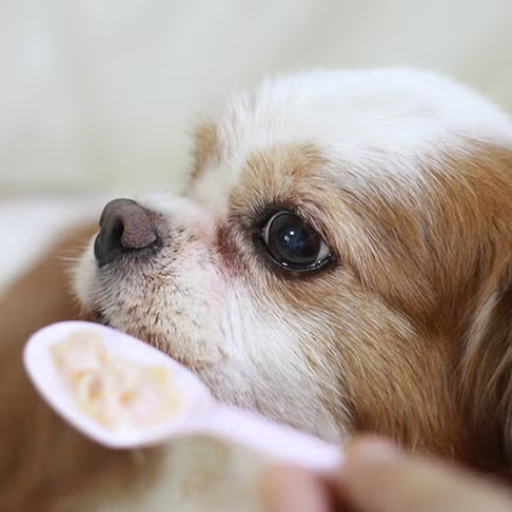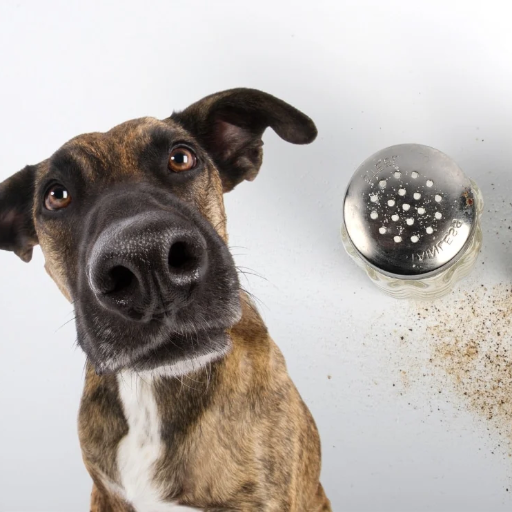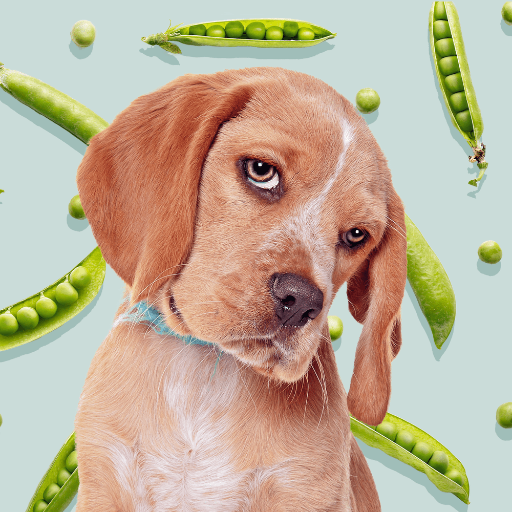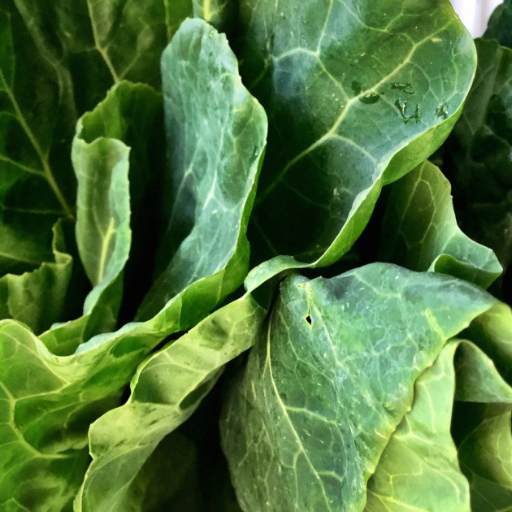Curious creatures ate the cats, what their human are eating. One of the frequently asked questions by pet owners is whether cat’s as pets domesticated animals garden companions are or are not safe to have alongside tomatoes. Cats may consume the tomato as various diets flat out served to humans. This article paints the vivid risks and the good sides of the tomatoes on cats. So, whether you are a long established elder brother to a cat or new to cat training, you would now understand if this will be dangerous for the cats and how to avert harms for pet cats. Furthermore, the animal’s lifestyle will ready its hinghests on paths that fee it well. Be patient until you will be informed everything that surrounded the sought inquiry.
Are Tomatoes Toxic to Cats?

While tomatoes can be toxic to cats, it varies with the ripeness of the tomato. The green portions of the plant and the unripe fruit, which include the leaves and stems, contain a poisonous chemical known as solanine. However, cats can eat ripe tomatoes in small amounts. To be on the safe side, it’s best to keep your cats away from all parts of the tomato plant and prevent feeding them tomatoes.
Comprehending Solanine: A Component of a Tomato Plant
Solanine is a naturally occurring toxic substance found in the nightshade family of plants which includes tomatoes. It serves as a protective barrier against pests and herbivores. Even though solanine is mostly found in the green parts of the tomato plant, like the tops leaves, stems, and green fruit, it can harm humans and animals alike if consumed in large amounts. In cats, the symptoms that can occur from ingesting solanine include drooling, vomiting, diarrhea, and in extreme cases, more life threatening issues. This is why preventing cats from snacking on green tomatoes and tomato plants is important. Understanding the dangers linked with solanine helps pet owners to take the right measures for their cats’ well-being.
The Parts of a Tomato Plant Which Are Toxic to Cats
The toxic parts of a tomato plant concerning cats are mostly green parts such as stems and leaves as well as unripe tomatoes. These parts have greater concentrations of tomatine and solanine which are particularly harmful to cats. Unlike the green tomatoes, fully ripened tomatoes do not carry dangerous amounts of these toxins, though some level of caution should still be observed.
Research suggests that even mild consumption of certain plant parts can elicit lethargy, confusion, and gastrointestinal upset in cats. Veterinary-toxicology resources suggest that further exposure may have graver effects, such as a slowed heartbeat or more severe respiratory difficulties. It is crucial that pet owners take steps to prevent accidental ingestion by ensuring that tomato plants are securely fenced off or kept out of reach. Identifying and eliminating environmental threats is essential to maintaining your pet’s wellbeing.
Signs of Tomato Poisoning in Cats
Tomato poisoning in felines is most often characterized by gastrointestinal disturbances which may include vomiting, diarrhea, and stomach pain. In addition, cats may experience excessive salivation and fatigue as well as alterations in heart rate with greater exposure. Recent studies attribute the unruly symptoms to the toxic compound solanine, prevalent in the green portions of the tomato plant (leaves, stems, and unripe fruit). Furthermore, it is estimated that even minimal consumption would be detrimental to the delicate digestive system of cats.
Research focused on cats, veterinarian’s reports, specialize show that action must be taken at the right moment to minimize or avoid damage when symptoms occur. Cats exhibiting signs of lethargy, muscle weakness, and disorientation mentioned previously should have a veterinary assessment done right away. An animal poison control center revealed that, in most circumstances, prompt treatment is capable of preventing severe complications and managing the symptoms. Felines should always be observed closely, especially during the time spent in the garden and near tomato plants. Contact the veterinarian for advice on how to keep the surroundings safe for cats.
Can Cats Eat Ripe Tomatoes Safely?

Ripe tomatoes can be safe for cats to consume in small amounts, however, should not be included as part of a feline’s diet. The green parts of tomatoes alongside unripe fruits are poisonous, meaning the plants stems and leaves also contain harmful tomatine and solanine. You should always check if the tomato is completely ripe along with the stems and leaves removed. If you have doubts, it is safer to consult a pet doctor first.
Can Cats Consume Ripe Tomatoes Safely?
Yes, cats can eat adapted ripe tomatoes, however, only in minute quantities and closely monitored. Moreover, never replace tomatoes as the main course, since they do not contribute to the much needed vitamins a cat needs. If worried, get in touch with a veterinarian for peace of mind.
Possible Benefits of Tomatoes for Cats
Cats aren’t typically associated with eating tomatoes, but small portions of safe types, such as ripe or cooked tomatoes, may contain certain ingredients that provide minimal benefits. Slice-free, unsalted tomatoes have antioxidants like lycopene and beta-carotene which may support overall health by reducing oxidative stress. Moreover, tomatoes provide vitamin C and K, which are also present in other cat-friendly foods or supplements. There are important considerations to keep in mind. Any potential advantage from nutrients does offer some degree of leverage, but they are severely outweighed by the risks in improper preparation and excess consumption. Providing vet-approved options ensures proper nutrient selections for your beloved feline, facilitating better nutritional outcomes.
How Much Tomato is Safe for Cats?
Using ripe red tomatoes contains elements that may be ingested some cats, however their consumption should be closely monitored. The leathery parts of these fruits like the stems and mid-stage green tomatoes have alkaloids that are toxic to cats even in little quantity. Indications of this poisoning can be vomiting, diarrhea, or extreme tiredness.
To safely introduce tomatoes as an occasional treat, research suggests limit portion size to a small cherry tomato slice for adult cats. Regardless, fresh fruits and vegetables should not exceed 5-10% of a cat’s total diet since they primarily require proteins and fats. Providing species appropriate food is crucial in addressing cat health. Avoid sudden changes to a feline’s diet without professional guidance to sidestep unanticipated problems.
What Happens If a Cat Eats a Tomato?
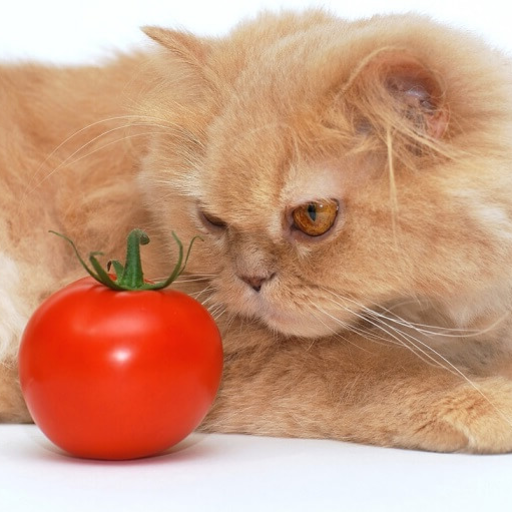
When a cat consumes a tomato, the results vary depending on the variety and parts eaten. Tomatoes are safe in small amounts, but ripe tomatoes pose danger. Unripe tomatoes, stems, and leaves have solanine, which is toxic for cats. Vomiting ,diarrhea, lethargy, and trouble breathing are possible symptoms of poisoning. If you think your cat has consumed any toxic part of a tomato, please see your veterinarian right away.
Immediate health changes to monitor in cats
When a cat has eaten the toxic part of a tomato plant, the health changes may be fast. Usually, solanine poisoning manifests itself with a mix of belly and head distress like vomiting (not keeping food down) or diarrhea (excessive waste release). An affected cat might also display a lack of energy and become apathetic to activities or food that would normally interest them and that they would eat. Some of the more extreme effects such as excess saliva, uncontrollable shaking, or gasping for air would point towards severe poisoning requiring immediate vet attention.
Research suggests that solanine is harmful in even minimal doses, especially when considering how the body of a feline is adversely affected by plant toxins like those found in tomatoes. Studies show that a cat around the 10-pounds mark can sometimes show adverse effects after consuming a few grams of unripe tomato or its plant parts, reinforcing the need for stricter monitoring of their surroundings. If details are kept vague while estimating the amount consumed and the time elapsed since consumption, administering proper treatment during a given timeframe will become increasingly challenging.
What to do when your cat ingests tomatoes
- Remove Access: Clear the area of any tomatoes or plant materials so that your cat does not have the ability to ingest anything further.
- Identify Symptoms: Monitor for signs of vomiting, diarrhea, lethargy or any abnormal activity.
- Contact a Veterinarian: Give the vet a call and don’t forget to relay the details you kept track of regarding the estimated amount consumed and the time that elapsed since consumption.
- Follow the Vet’s Advice: Incase of the first sign, take your cat to a veterinary clinic for further examine or treatment as per the vet’s recommendations.
When to See a Vet Doctor
If your cat is showing critical signs such as extreme vomiting, severe breathing difficulties, deep lethargy, or seizures, it is best to receive veterinary care without delay. A recently published article claim that ingestion of some poisonous plants such as tomato plants can severely affect the nervous system or gastroenteric tract of eatt cats and lead to life threatening issues. Studies suggest that the toxic ingredient solanine present in tomatoes has the ability to cause adverse effects if large amounts are swallowed. Monitoring your cat very closely and acting decisively can help prevent your furry friends from long-term health issues.
Data from research also suggests that close to 10% of the reported emergency visits to vets in cats is due to consumption of toxins, proving the value of timely action. Always ensure that plants and other harmful substances that pose a risk are kept out of reach.
Do Cats Like the Taste of Tomatoes?

Cats do not really enjoy the taste of tomatoes. Although a few cats may be curious enough to take a bite out of some dishes, tomatoes are neither appealing because of unique combination of their flavor and surface. Also, unripe tomatoes as well as the tomato plant can be dangerous for cats, thus it is recommended to keep such things away from your pet.
Why Cats Might Think Tomatoes Are Attractive
Although tomatoes are not cats’ delicacy, there are explanations they might find the vegetable appealing. The natural inquisitiveness of cats means they may be drawn towards the vibrant red color of tomatoes or the aroma that comes from cooked tomato-based foods. Moreover, the moisture content as well as surface of tomatoes may attract some cats. It must be mentioned, however, that unripe tomatoes along with the tomato leaves and stems contain solanine, an element poisonous to cats. Symptoms of solanine poisoning include lethargy, abdominal pain, and decreased appetite. Cats should be kept away from the various parts of the tomato plant as they can suffer from accidental consumption.
Options for Replacing Tomatoes in Cat Food
For every veterinarian-documented reason, wellbeing and safety comes first when looking for alternatives to tomatoes in cat food. Dishes which have a small amount of cooked carrots, green beans or even squash could be feline-friendly due to the fiber and vitamin content; nevertheless, these should never substitute the primary meats of chicken, fish, or turkey. Any new potential additions ought to be thoroughly verified and researched to confirm that they are not in any way harmful to cats.
Understanding Tomato Products and Cats

Though ripe tomatoes are not directly toxic to cats, many tomato products like ketchup, soups, or sauces contain extras like onion, garlic, or spices that are dangerous to a cat’s health. Moreover, the green portions of the tomato plant like the stems and leaves have solanine which is toxic for cats in large amounts. As a matter of precaution, it’s better not to feed tomato products to cats to mitigate health risks. If there are any questions regarding the cat’s diet, it is a good practice to consult a veterinarian.
Is Tomato Sauce Safe for Cats?
Cats should not eat tomato sauce because it may contain ingredients that could be harmful. Although tomatoes are the main part of tomato sauce, it may also include garlic, onions, and different spices. Garlic and onion are dangerous, even in small quantities, as they can cause intestinal damage and can be detrimental to a cat’s red blood cells. In addition, a lot of tomato sauces contain high salt content which may cause dehydration along with other issues in cats. To prevent health problems, it is best not to feed tomato sauce to your cats. If you have doubts about any dietary items, seeking professional advice is highly recommended.
dangers of canned tomatos and tomato paste
Like tomato sauces, cats face similar hazards for tomato paste and canned tomatoes due to certain additives and naturally occurring ingredients. Many canned tomato products contain preservatives, flavored oils, garlic, onion powder, or salt which are harmful to pets. High sodium levels can lead to other serious issues like high blood pressure, dehydration, kidney damage, and long term vunerability to diseases. Alongside these, parts of unripe tomatoes such as the leaves or stems also carry solanine and tomatine, compounds that are harmful to pets in great quantities.
It is worth noting that most canned food products use BPA or bisphenol and canned foods like tomatos are also dangerous. Evidence shows a lethargic exposure to BPA is harmful for pets but the health effect for cats is yet to be determined. For owners who wish to keep their pets in the best possible condition cat-safe processed food should be avoided. For pet, cat-safe centered foods should be preferred to lessen the need for health complications.
Evaluating Other Tomato Based Products
It is critically important to keep an eye on pet-specific marked ingredients when choosing sauces, soups, or other processed goods because they may contain added sugars, salts, and preservatives dangerous for usage. Added ingredients like garlic and onion, illustration seasonings which are more or less poisonous for both dining pets could be extremely harmful. Animal health studies show that small fractions of onion or garlic powder, frequently used in such products, may lead to felines suffering from anemia due to the breakdown of red blood cells.
Moreover, citations of processed food products gemstones show the existence of citric acid along with artificial seasonings which could provoke a cat’s stomach. Also of concern is the degree of sodium which is said to be high eliminating the water leading to dehydration and scratching the kidney especially for old cat holders or those with existing diseases. In order to minimize, it is best to resort to fresh and not seasoned ingredients for easy boiled cats food and avoid any commercially produced tomato products not clearly marked as pet friendly.
Speaking of long-term health and well-being, whole pet-friendly foods combined with timely veterinary consultations guarantee the best life for your cat.
Reference sources
- Study on Vegetable Toxicity in Pets
- Source: Kiruthic et al., 2024, “Recent Emergence of Pet Food Poisoning”
- Key Findings:
- Green tomatoes and raw potatoes are identified as toxic to cats and dogs due to the presence of solanine, a glycoalkaloid that can cause gastrointestinal distress, lethargy, and other symptoms.
- Cats are particularly sensitive to solanine, which can lead to severe dehydration and anemia in extreme cases.
- Methodology: The study reviewed cases of vegetable toxicity in pets, highlighting the biochemical pathways of solanine toxicity and its effects on feline physiology.
- General Overview of Toxic Vegetables
- Source: Same as above.
- Key Findings:
- The study emphasizes the importance of avoiding certain vegetables, including green tomatoes, in pet diets.
- It discusses the oxidative damage caused by compounds in toxic vegetables, leading to hemolysis and other systemic effects in cats.
- Recommendations: Pet owners should avoid feeding raw or green tomatoes to cats and consult veterinarians for dietary advice.
Frequently Asked Questions (FAQs)
Q: Can cats eat tomatoes?
A: Yes, cats may consume ripe tomatoes in limited quantities, However, they should be careful, since the unripe fruit as well as the tomato plant is toxic to cats due to a chemical called solanine.
Q: Are tomato plants toxic to cats?
A: Yes, the stems of the tomato plant contain a chemical that is harmful to cats. You should be sure to keep your cat away from tomato plants.
Q: Is it safe for cats to consume tomato soup?
A: Tomato soup is bad for cats because it usually has unwanted additives, ingredients, and chunks of fresh tomatoes that may not be safe if not fully ripe.
Q: How much ripe tomato is safe for cats to eat?
A: Ripe tomatoes in small amounts may be safe for cats, but since cats are obligate carnivores, tomatoes provides no nutritional benefits crucial to the cat.
Q: Why are tomato plants toxic to cats?
A: Tomato plants are toxic to cats as the contain solanine, a chemical that is harmful to cats when consumed.
Q: Can cats eat tomato fruits?
A: Cats can eat tomato fruits if ripe. However, it’s tomatoe fruit is a regon side cane meaning tomatoe fruit does not contain any nutrituaional value obligation carnivores like cats.
Q: Are there any benefits of tomatoes and cats?
A: Although ripe tomatoes are bit safe for cats, they are not good for cats in bits as they dosent sustain necessary.



